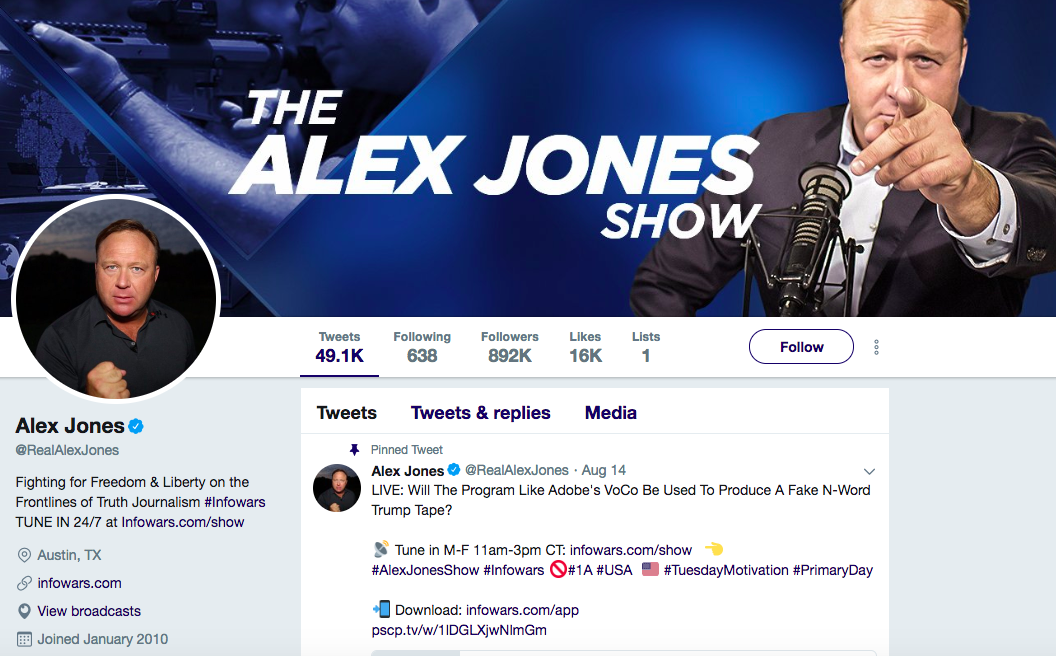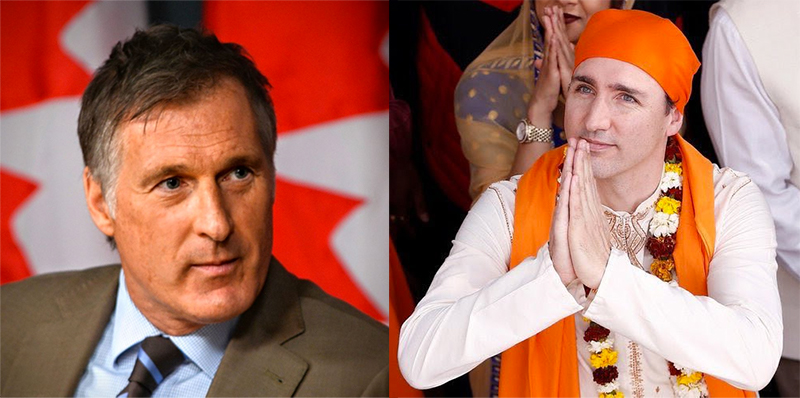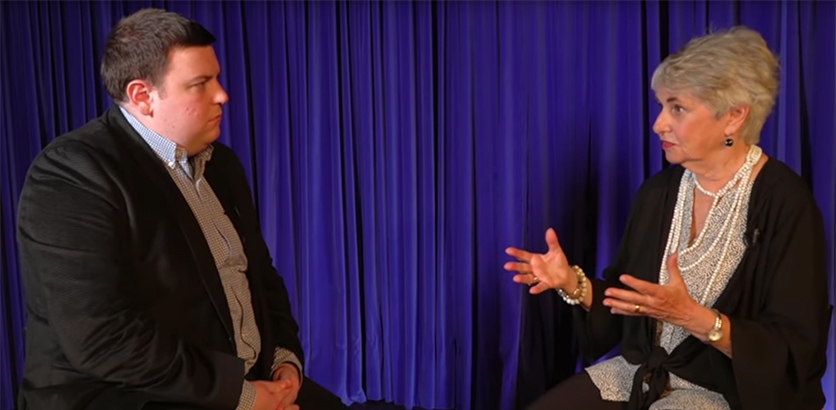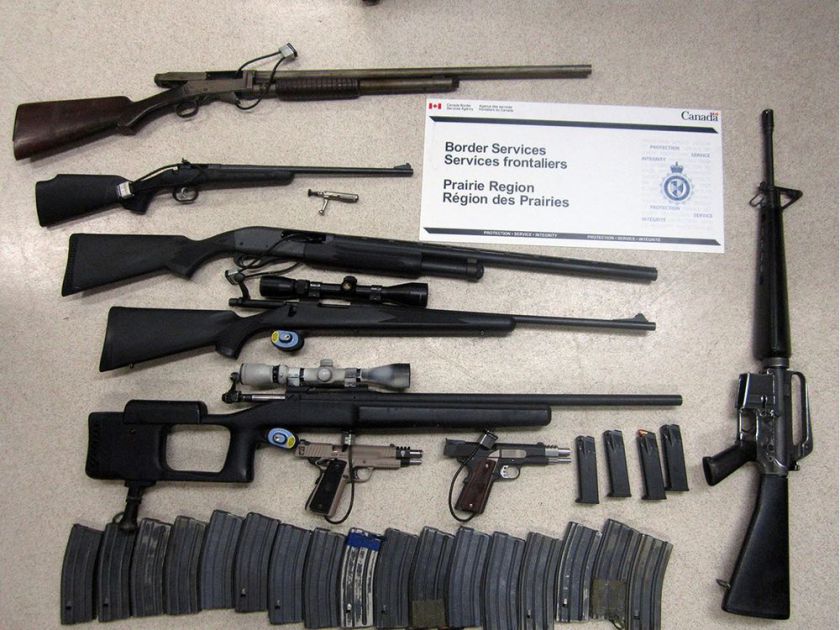Canada’s human rights commissions and tribunals have embraced identity politics to forge a grievance industry. This industry has now reached its inevitable standoff.
Two identity groups—each one protected by the government’s human rights code—see their purported rights as at odds with the other’s. Standing between them is the province of Ontario’s human rights regime.
A Toronto woman, Kristi Hanna, has filed a Human Rights Tribunal of Ontario complaint against a shelter for women struggling with addiction, after she was forced to share a room with a transgender woman.
Hanna, a sexual abuse survivor who describes herself as an “active ally in the LGBTQ community,” asked the Human Rights Legal Support Centre for help. She explained that she was forced to room with, in her words, a “man,” while grappling with her trauma.
The government-funded center, tasked with helping disenfranchised people navigate the human rights tribunal, defended the shelter and chided Hanna for taking issue with the situation.
Hanna had been staying at the shelter for seven months, but lasted only two nights after the transgender resident moved into the bed just five feet away from her, in July. Two nights of “constantly looking over to make sure her roommate was still in bed,” that is.
She’s been homeless ever since.
The Jean Tweed Centre, which operates the shelter, was adamant that it doesn’t discriminate against transgender residents and therefore “does not impose modifications with respect to accommodation.”
The transgender resident was presumably at the shelter for the same reason Hanna was—to get help. But only one could.
The Human Rights Tribunal of Ontario, an agency under “Social Justice Tribunals Ontario,” which exists to protect the disadvantaged—from women to racial minorities to those with differing gender identities—now must decide whose rights trump whose.
Should an abused woman have to shack up with someone sharing the biological sex of her abuser?
This case is the embodiment of the tense battle between two strains of feminism. But this isn’t an abstract gender studies debate—it’s real life.
The human rights industry’s worldview dictates that all must be accommodated, and that feeling unsafe means being unsafe. There is no right answer here.
If this isn’t an existential crisis-in-the-making for progressives, surely another Ontario case is.
In Windsor, Ont., the Mad Wax hair removal spa is facing a $50,000 human rights complaint for not booking a Brazilian wax appointment for a transgender woman. The spa isn’t equipped to do lower body waxes for men, the owner tried to explain. More pressingly, the only waxologist on duty was a devout Muslim woman, whose religion forbids physical contact with men other than her husband.
The Islamic view of gender identity hasn’t quite caught up with the Ontario Human Rights Code’s.
The spa owner, who prides himself as being pro-LGBT, had to choose between his desire for an open and inclusive business for his customers, and one for his employees.
Forcing the employee to wax male genitals surely would have brought its own human rights complaint. He tried explaining this to the transgender person, to no avail.
“Women have penises and women have balls, and if your staff is not comfortable, then they can look for another job,” the prospective client told him.
I’m pretty sure that’s the Ontario Human Rights Commission’s motto, actually.
The easy solution would be to allow private businesses and agencies to set their own boundaries, much like the American Supreme Court ruled they should earlier this summer. In Canada, human rights law bars those sorts of decisions.
Radical feminism versus intersectional feminism, and Islam versus transgender. Canada’s human rights commissions, which thrive on victimhood, now must recognize a hierarchy of victims.
These are the questions society never thought would need answers, but here they are.
I’ve been a long-time critic of the way the governments in Canada have industrialized so-called human rights but there’s no schadenfreude on my part with these cases. They should give lawmakers cause to recognize how farcical these human rights commissions and tribunals have become, but I don’t expect this reckoning.
I doubt Hanna will win her case, as the Ontario Human Rights Commission has repeatedly said no business or institution can deny treatment in accordance with one’s preferred gender.
This was tested in 2014 when British blogger Avery Edison settled a human rights complaint against the Ontario government after being detained in a men’s jail, despite identifying as a woman.
Irrespective of vulnerability that led Hanna to the shelter in the first place, she’s a white woman—just a half notch beneath white men on the emerging hierarchy of marginalization.
How the religious freedom of Muslims stacks up against a transgender person’s right to get their genitals waxed, while more comedic, is sure to be a more interesting case.
A Brazilian wax wouldn’t be the average person’s hill to die on, but when the state insists no perceived injustice is too small for its intervention, this is the painful outcome—literally.





